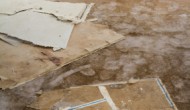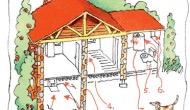Radon can be a silent killer!
The US EPA estimates that exposure to elevated levels of radon in our homes causes 21,000 lung cancer deaths every year in the US. Of these deaths, about 2,900 happen to people who have never smoked. While the video Read More →






